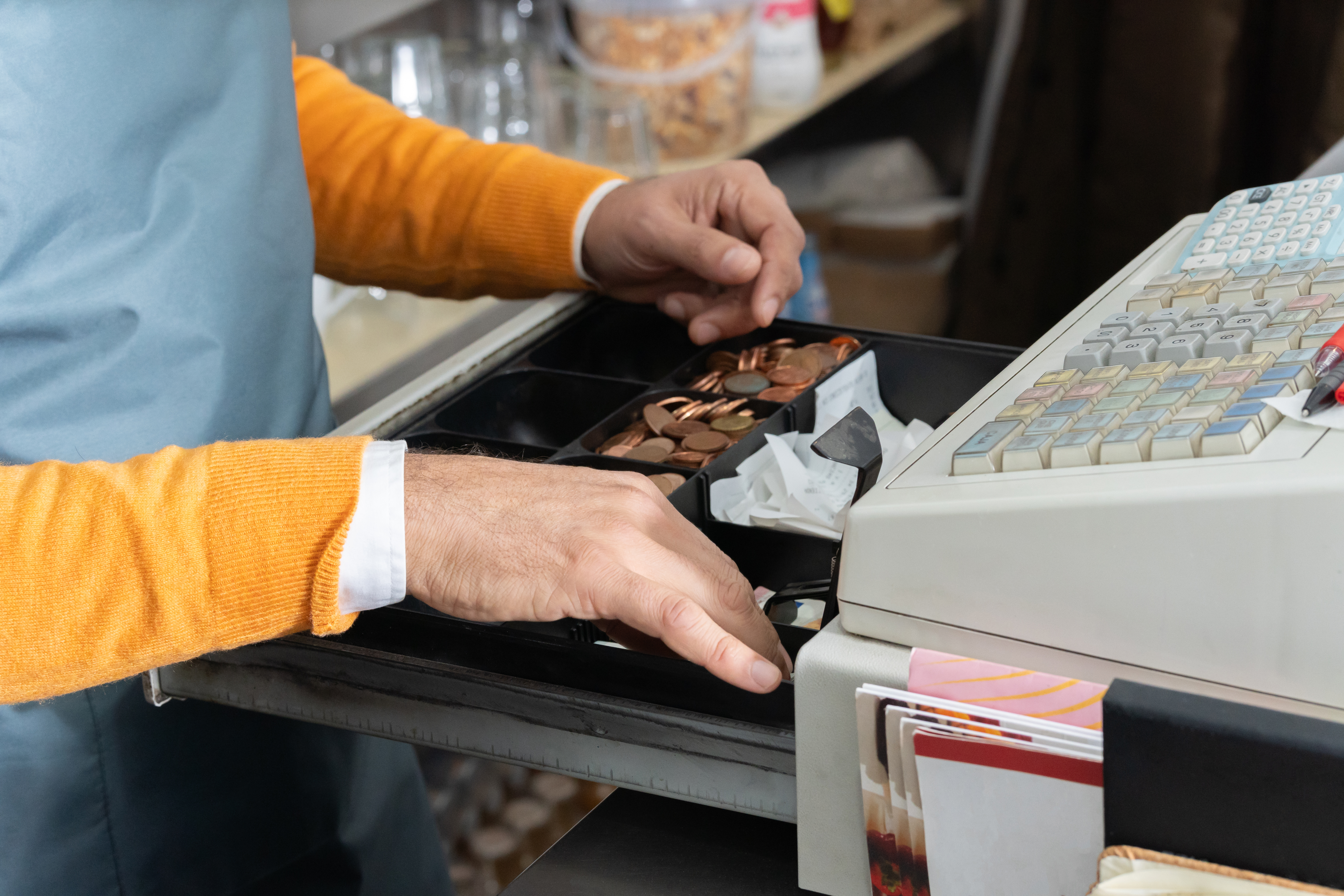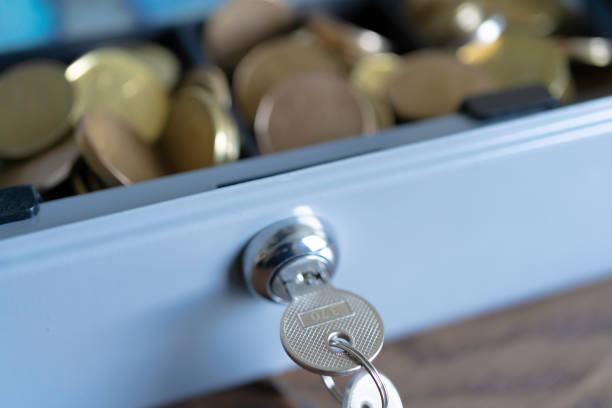Picture this: you’re at your bustling shop counter, juggling transactions with no cash drawer to keep order. Chaos, right? A cash drawer isn’t just a box; it’s the backbone of any efficient business. It ensures every penny is accounted for, preventing costly errors and boosting confidence at the register. Ready to take control of your cash handling? Dive into our comprehensive guide to discover why a cash drawer is vital for your small business and how it can streamline your operations.## The Importance of a Cash Drawer

A cash drawer is a fundamental tool for any business that handles physical currency. This section will explore the basics of cash drawers and why they are crucial for smooth operations.
Understanding Cash Drawer Basics
A cash drawer is a secure container used to store and organize cash and other payment forms in a retail or business setting. It’s typically connected to a point-of-sale (POS) system and opens automatically when a transaction is completed.
Cash drawers come in various sizes and configurations, but most include compartments for different bill denominations and coin trays. Some advanced models feature additional security measures like locks and alarms.
The primary function of a cash drawer is to keep money organized and easily accessible during business hours. It also serves as a first line of defense against theft and helps maintain accurate financial records.
Why Cash Dwers Matter for Businesses
Cash drawers play a crucial role in maintaining financial order and efficiency in businesses of all sizes. They contribute significantly to accurate cash handling and improved customer service.
By keeping cash organized and secure, businesses can reduce errors in transactions and minimize the risk of theft. This leads to more accurate financial reporting and helps build trust with customers.
Cash drawers also speed up transactions, allowing staff to quickly locate the correct change and complete sales. This efficiency can lead to improved customer satisfaction and potentially increased sales volume.
Best Practices for Cash Drawer Management

Effective cash drawer management is key to maintaining financial accuracy and operational efficiency. This section will cover techniques for handling cash and organizing your drawer.
Effective Cash Handling Techniques
Proper cash handling is essential for maintaining accurate records and preventing losses. It involves a combination of careful counting, secure storage, and consistent procedures.
Start each day by counting the cash in the drawer and recording the starting amount. This “opening float” should be consistent each day to make end-of-day reconciliation easier.
Throughout the day, handle cash carefully. Count money twice before giving change, and never leave the cash drawer open or unattended. For large bills, use counterfeit detection methods as needed.
At the end of the shift or day, count the cash again and compare it to your POS system’s records. Any discrepancies should be investigated immediately.
Organizing Your Cash Drawer Efficiently
An organized cash drawer can significantly speed up transactions and reduce errors. The key is to create a logical layout that all staff members can easily understand and use.
Start by arranging bills in ascending order from left to right. Place the most commonly used denominations in the front for easy access. Coins should be organized in a similar fashion in the coin tray.
Consider using cash drawer organizers or dividers to keep different denominations separate. This can prevent mix-ups during busy periods.
Regularly clean and maintain your cash drawer to ensure smooth operation. Remove debris and straighten bills to prevent jams or miscounts.
Ensuring Cash Drawer Security

Security is paramount when it comes to managing cash. This section will cover basic security measures and the importance of staff training in maintaining a secure cash handling environment.
Simple Security Measures
Implementing basic security measures can significantly reduce the risk of theft or loss. These measures don’t have to be complex to be effective.
- Keep the cash drawer locked when not in use.
- Limit access to the cash drawer to authorized personnel only.
- Install security cameras overlooking the cash drawer area.
Consider using a drop safe for large bills or excess cash. This reduces the amount of money in the drawer and decreases the risk of significant loss.
Regularly audit your cash handling procedures and adjust as needed. Stay informed about new security technologies that could enhance your cash drawer security.
Training Staff for Cash Handling
Proper staff training is crucial for maintaining cash drawer security and efficiency. Well-trained employees are your first line of defense against errors and theft.
Start by creating a comprehensive cash handling policy. This should cover all aspects of cash management, from opening procedures to end-of-day reconciliation.
Conduct regular training sessions to ensure all staff members are familiar with the policy. Include both theoretical knowledge and hands-on practice with the cash drawer.
Emphasize the importance of accuracy and security in all cash handling procedures. Encourage staff to report any discrepancies or suspicious activities immediately.
